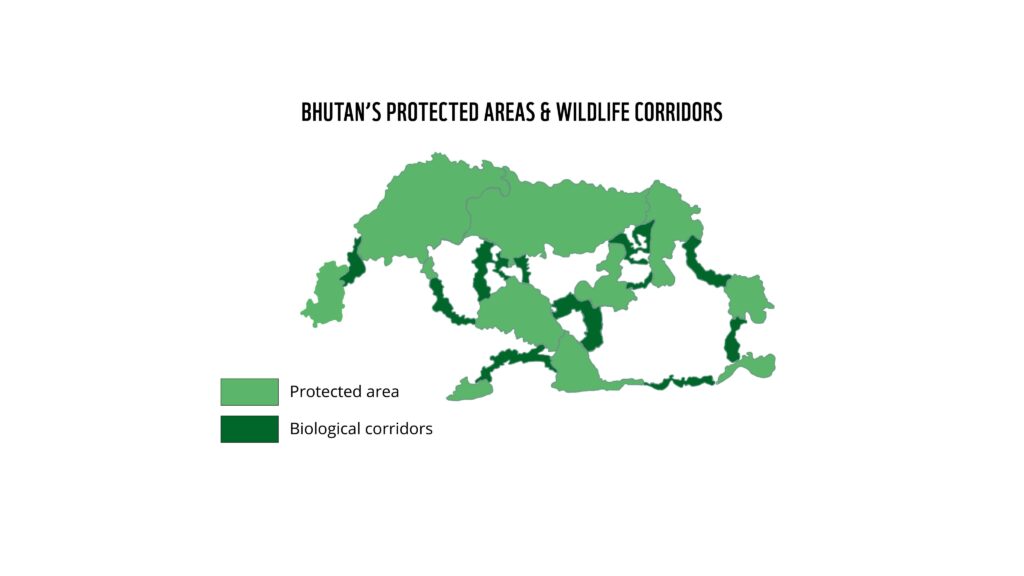Union Home Minister Amit Shah led a high-level review of preparations for India’s 16th decennial Census, set to include caste enumeration. A gazette notification published on 16 June officially confirmed that the exercise will begin at 00:00 hours on 1 October 2026 in snow‑bound territories—Ladakh, Jammu and Kashmir, Himachal Pradesh and Uttarakhand—and will commence nationwide at 00:00 hours on 1 March 2027.
Government officials say approximately 3.4 million enumerators and supervisors, along with 130,000 additional census staff, will be deployed, each equipped with mobile digital devices. This marks the first fully digital census in India, featuring mobile applications for field enumeration, supported by a self-enumeration portal that allows individuals to input data online.
The operation will unfold in two distinct phases, beginning with the Houselisting Operation to capture household infrastructure, assets and amenities. This will be followed by Population Enumeration, during which enumerators will collect individual-level demographic, socio-economic and cultural data. For the first time since 1931, caste data will be systematically gathered alongside other inputs.
Mr Shah emphasised the adoption of rigorous data protection protocols. Reviewing the digital workflow, he underscored the requirement of “stringent data security measures… at the time of collection, transmission and storage”. Union Home Secretary Govind Mohan and Registrar General & Census Commissioner Mritunjay Kumar Narayan were present at the review, reiterating the need for robust encryption and secure data channels to maintain citizen privacy.
The delayed schedule—originally slated for 2021—was pushed back due to the pandemic and administrative boundary adjustments. The 2026‑27 timeframe reflects evolving logistical planning, particularly to address seasonal accessibility constraints in mountain and Himalayan regions.
Analysis by demographers and policy experts reveals that combining digital enumeration with self-reporting could help reduce errors, speed up data processing and lower overall costs. Yet, concerns remain about digital literacy in rural and remote areas, and the challenge of safeguarding sensitive caste data. Previous studies have highlighted the need for outreach and public awareness to build trust and maximise participation.
Officials argue that caste-inclusive data is essential for designing targeted welfare schemes, realigning reservation policies and achieving more equitable resource distribution. Opposition figures, including Rahul Gandhi, have called the inclusion of caste data a necessary step toward “deep social reform”, calling on the government to ensure transparency and protection of sensitive information.
With census preparations entering the final stretch, stakeholders stress the importance of multi-stakeholder collaboration. Digital training for enumerators and surveyors is underway nationwide, while local administrations in snow‑bound regions are finalising logistics, such as camp locations and staffing rosters, to ensure smooth rollout come October.
As India gears up for the first caste-inclusive digital census in nearly a century, the success of the campaign will rest on the seamless integration of technology, stringent data protection mechanisms, and sufficient public engagement.




 Trump Hurries to Washington as NSC Readies Situation Room
Trump Hurries to Washington as NSC Readies Situation Room 